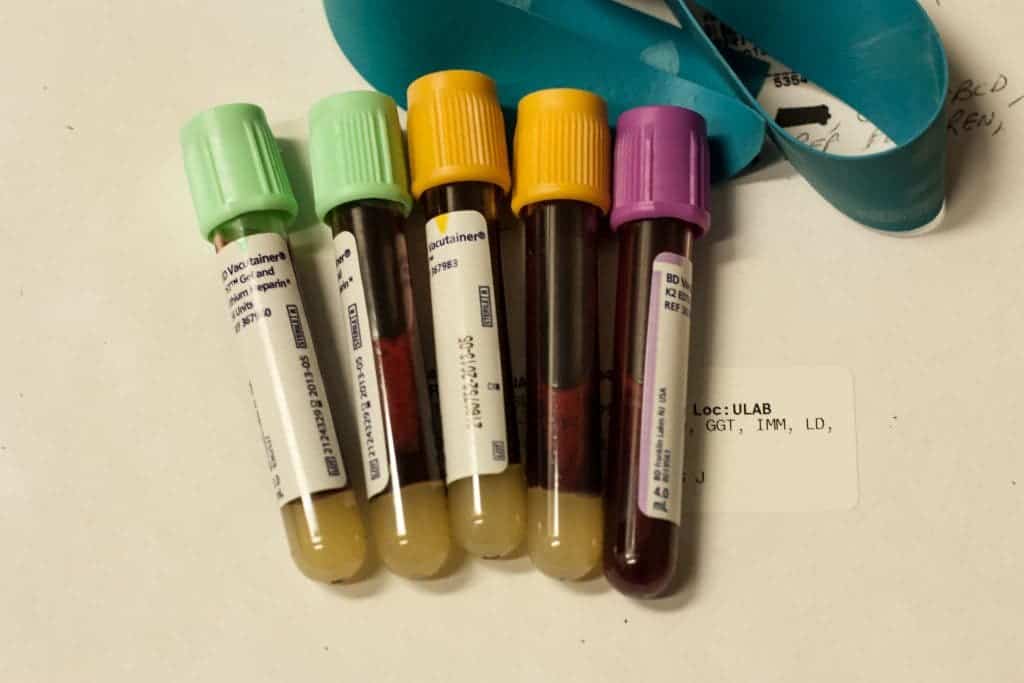The blood test, soon to be piloted in the UK, is aimed at people at higher risk of the disease, including patients of 50 years or older. It can identify more than 50 types of cancer before any clinical signs or symptoms of the disease, including some that are difficult to diagnose early – such as pancreatic, head and heck, ovarian and esophageal. Although it’s not perfect, it’s still good enough to spot a lot of early cancers, and save a lot of lives.

The quicker you detect any type of cancer, the better your chances to eliminate it without any dangerous complications. Survival rates have improved substantially in recent years for many types of cancer, in part due to earlier detection. Unfortunately, detecting cancer early is often difficult — and the tests themselves can be expensive and unpleasant. This is where the new blood test would come in.
Using a blood test to detect cancer is not a new idea. It’s extremely challenging, but in the past few years, there have been a few encouraging results from studies. In the latest effort, an international team developed a blood test that can accurately detect cancer, often before any signs or symptoms, while having a very low false positive rate.
“Finding cancer early, when treatment is more likely to be successful, is one of the most significant opportunities we have to reduce the burden of cancer,” Eric Klein, first author of the paper, said in a statement. “These data suggest that, if used alongside existing screening tests, the multi-cancer detection test could have a profound impact on how cancer is detected.”
The test looks for chemical changes in fragments of genetic code that leak from tumors into the bloodstream. Scientists investigated the performance of the test in 3,537 people (2,823 people with cancer and 1,254 without). It correctly identified when cancer was present in 51.5% of cases, across all stages of the disease, with a false-positive rate of 0.5%. It misses just under half of all cases, which means there’s still a lot of work to be done, but given its relative ease, identifying half of cancers (most of which would otherwise go undetected) can be very helpful.
The test’s performance varied based on the type of cancer and how far it had progressed. Esophageal, liver and pancreatic tumors were more likely to be detected (65.6% detection rate) than cancers of the breast, bowels, cervix and prostate (33.7%).
The test’s sensitivity also increased with the cancer’s malignancy, across all disease types — from 16.8% at the earliest stage I, 40.4% at stage II, 77% at stage III and up to 90.1% at stage IV, when the tumor has metastasized and spread to other locations in the body. The test was also able to identify the tumors’ organ sites 88.7% of the time, giving clinicians a head-start.
“We believe that cancers that shed more cfDNA (cell-free DNA) into the bloodstream are detected more easily. These cancers are also more likely to be lethal, and prior research shows that this multi-cancer early detection test more strongly detects these cancer types,” said Klein. “Cancers such as prostate shed less DNA than other tumours, which is why existing screening tests are still important for these cancers.”
The test, developed by US-based company Grail, is currently available by prescription in the US. Meanwhile, in the UK, the National Health Service (NHS) will trial the test this year with 165,000 people. If it works as expected for people without symptoms, the test will be rolled out to become routinely available. Results are expected by 2023.
The study was published in the journal Annals of Oncology.



